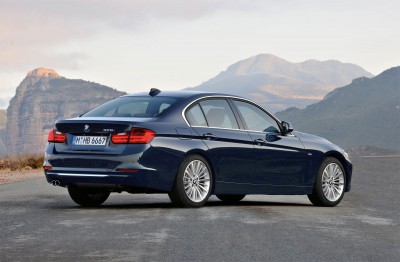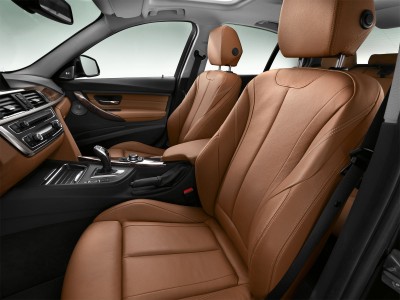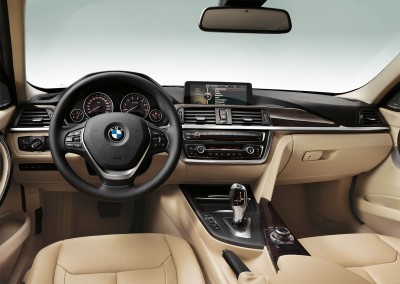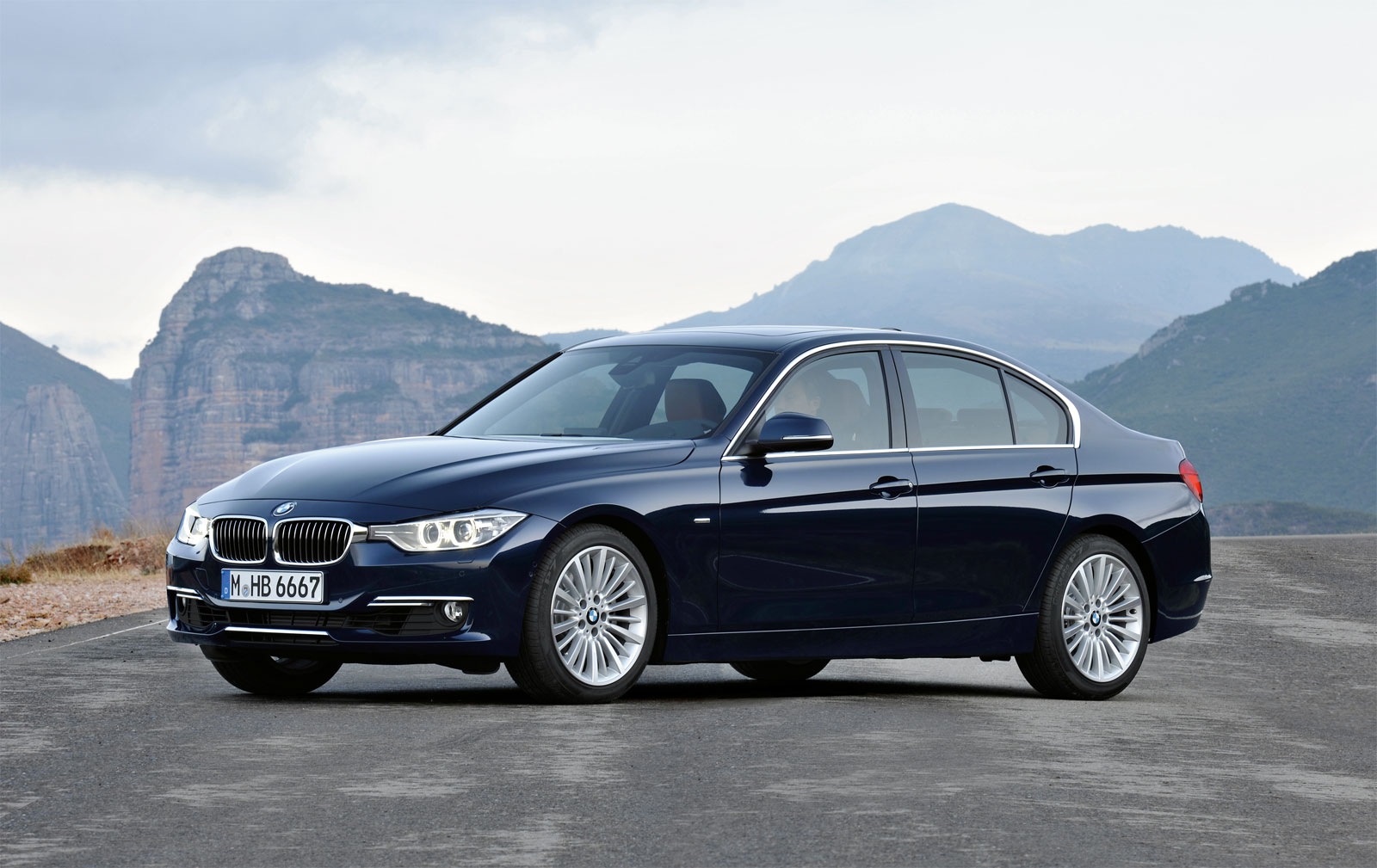
Can the latest 3-Series hold off the competition?
 The automotive world has seriously changed when you find yourself behind the wheel of a new BMW 3-Series and start drawing comparisons to a Kia sedan. I know that BMW fans are going into apoplectic shock over that comment. But give me a minute to explain. For starters, the sixth generation of the iconic 3-Series sports sedan looks great, is fun to drive, and gets better mileage than the outgoing model. The exterior changes are evolutionary but, in my opinion, very successful.
The automotive world has seriously changed when you find yourself behind the wheel of a new BMW 3-Series and start drawing comparisons to a Kia sedan. I know that BMW fans are going into apoplectic shock over that comment. But give me a minute to explain. For starters, the sixth generation of the iconic 3-Series sports sedan looks great, is fun to drive, and gets better mileage than the outgoing model. The exterior changes are evolutionary but, in my opinion, very successful.
Two engines are offered, the base 328i sedan comes with a turbocharged and direct injected 240-bhp 2.0-liter 4-cylinder, while the 335i comes equipped with a turbocharged 300-hp inline-6. Since I spent the majority of my driving time in the 328i, I’ll focus my attention on that model. Being the entry-level model doesn’t mean the 328i is a slouch when it comes to performance. When equipped with the optional 8-speed automatic, like the one in my test car, the sprint from 0 to 60 mph takes less than 6.0 seconds.
The standard 6-speed manual is a few tenths quicker, though either gearbox comes highly recommended and is extremely well engineered. Fuel economy during highway cruising is a very respectable 34-mpg in the 328i (automatic). Unfortunately, the stop-and-start engine function was noticeably unrefined. The system shuts engine off at red lights to save fuel, but it often felt like the car had stalled. Similar systems, like the eAssist program in the Buick LaCrosse and Chevrolet Malibu, are miles better. Maybe this was a foible with my specific test car?
 The 3-Series has been a longtime benchmark when it comes to ride and handling, so I was surprised when my first impressions of the 328i’s handling weren’t stellar. It initially felt too light, especially when cruising down the highway where it felt like slackness had been built in. Selecting ‘Sport’ mode brought on a vast improvement, and the solid heft you expect of a German sport sedan was finally there. But should a 3-Series buyer have to program handling prowess? Driver selectable programs are fine, so long as the default setting doesn’t disappoint.
The 3-Series has been a longtime benchmark when it comes to ride and handling, so I was surprised when my first impressions of the 328i’s handling weren’t stellar. It initially felt too light, especially when cruising down the highway where it felt like slackness had been built in. Selecting ‘Sport’ mode brought on a vast improvement, and the solid heft you expect of a German sport sedan was finally there. But should a 3-Series buyer have to program handling prowess? Driver selectable programs are fine, so long as the default setting doesn’t disappoint.
The power and flexibility of the 4-cylinder engine, however, leaves nothing to be desired. This slick little engine has a very tractable nature and never feels peaky or short of breath. And unless you really need the extra 60 horsepower, it’s hard to imagine opting for the pricier and thirstier 6-cylinder (though that engine is pretty addictive once you sample it). In either model, the ride is stable and controlled, which was a great relief considering the switchback roads BMW had picked for the drive. Yours truly considered kissing the pavement after one harrowing stretch of canyon road.
 High quality plastics and leather are what you expect in this segment, and the 328i maintains the status quo. Yet I would have liked something a little more daring in terms of layout. Even the Kia Optima sedan (yes, here comes that Kia reference) has more panache in the overall design of the dashboard – though the BMW does feel extremely solid. Nothing felt inferior out of place in the BMW, but at nearly $50,000 (with options) the cabin merely feels good enough. Space in the rear is surprisingly good, with more than enough room for two full-size adults.
High quality plastics and leather are what you expect in this segment, and the 328i maintains the status quo. Yet I would have liked something a little more daring in terms of layout. Even the Kia Optima sedan (yes, here comes that Kia reference) has more panache in the overall design of the dashboard – though the BMW does feel extremely solid. Nothing felt inferior out of place in the BMW, but at nearly $50,000 (with options) the cabin merely feels good enough. Space in the rear is surprisingly good, with more than enough room for two full-size adults.
Trust me, the 3-Series remains the car to beat in this segment – a fact proven by sheer sales volume too. But the gap from to rivals like the Mercedes-Benz C-Class and Audi A4 has narrow. And upstarts like the Buick Regal GS and Cadillac ATS stand a chance of finally cracking into this segment that German automakers have dominated for so long. Forget the Kia comparison, I just suggested cross-shopping a Buick with a BMW.

I think, to your point, other automakers have made great strides and invite comparison to BMW. BMW has merely evolved and now Cadillac and even Buick are nipping at their heels. Although, I don’t think Kia is remotely close yet, they are making interiors that initially are impressive.